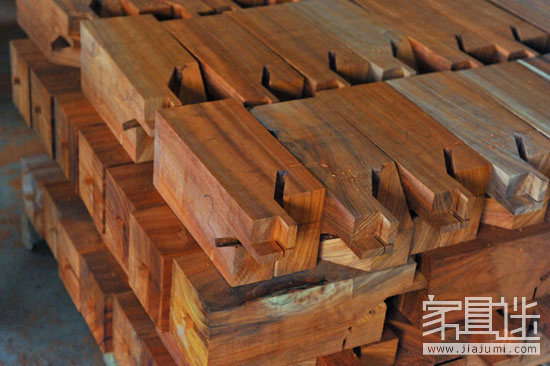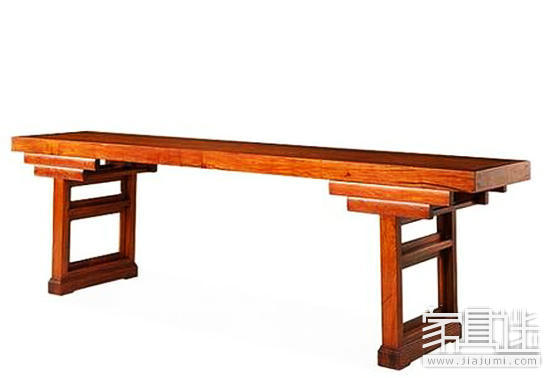In this era of rapid change, walking through the "jungle" made of reinforced concrete, people often feel a sense of loss. It seems that the warmth, closeness, and peace we once knew are fading away. The rise of mechanized mass production has transformed society into a vast machine, constantly churning out products while erasing the human touch.
Sometimes, when wandering through the old hutongs filled with memories, stepping into the courtyard of a Zhu paint gate, life's twists and turns intertwine, and a deep sense of history lingers in the air.
Once, I was invited to a house in one of these traditional courtyards. A friend admired the Chinese home, noting how the furniture, used for centuries, remained elegant and sturdy. In contrast, the pieces I bought just a decade ago already wobbled and began to fall apart. Were our ancestors smarter than us? Or did they simply value craftsmanship more?

I don’t know if my ancestors were smarter, but they certainly had a deeper respect for their craft. This furniture, lasting hundreds of years, was built using traditional techniques—no nails, only interlocking joints known as "sunkou." These joints allowed for strength and longevity, making the furniture "Wan Nian" (eternally firm). The artisans worked with care, driven by conscience and pride, not profit.
**Related reading:** Buy mahogany furniture, first understand solid wood and sunkou.
You might wonder, what's so special about this? Many may think it's simple, but in reality, the sunkou structure holds an irreplaceable place in the history of global furniture design. Its complexity is far from basic, and its craftsmanship is remarkable. In modern antique furniture, companies like Beijing Yuan Henry Classic Hardwood Furniture Co., Ltd. showcase intricate joints that baffle even experts. From "brown horns" to "swallowtail scorpions," each part has a name and a purpose, reflecting a level of detail that words alone can't fully capture.
Why is the structure so complex and strong? Over 7,000 years of evolution have refined the technique. Archaeological findings from the Hemudu culture show early use of sunkou. Through generations, it became more refined, leading to the exquisite craftsmanship we see today. More than just complicated, the design emphasizes practicality and beauty. For example, the Temple of Heaven’s Hall of Prayer was constructed entirely without nails, showcasing the power of this ancient method.

There are several reasons why Chinese furniture avoids nails. Take a simple T-shaped joint: using nails might compromise stability, causing misalignment. Sunkou joints, on the other hand, ensure perfect fit and durability. Nails also corrode over time, which isn't suitable for furniture meant to last centuries. Additionally, hardwood is extremely dense, and nailing could cause cracks. Climate differences further complicate things—humidity in the south and dryness in the north make wooden structures prone to expansion and contraction. Concrete-based designs avoid such issues.
At Yuan Henry’s storehouse, there’s a piece of huanghuali furniture that once belonged to Yang Bo. Despite its wear and tear, it remains remarkably strong. The joints are still tight, showing the enduring power of traditional craftsmanship.
Many think Western furniture is easier to assemble, just screw a few nails and you're done. But what they don’t realize is that Chinese furniture pioneered this approach long ago. Large pieces were often assembled on-site, ensuring seamless construction and ease of repair.
The sunkou structure is the soul of Chinese furniture. Without it, a piece cannot be considered authentic. These hidden joints give a quiet elegance, evoking nostalgia, pride, and a deep appreciation for tradition. In an age where nostalgia and simplicity are valued, classical Chinese furniture offers a return to nature, quality, and timeless beauty.
China Xuchang Wig Co., Ltd , https://www.hairxuchang.com